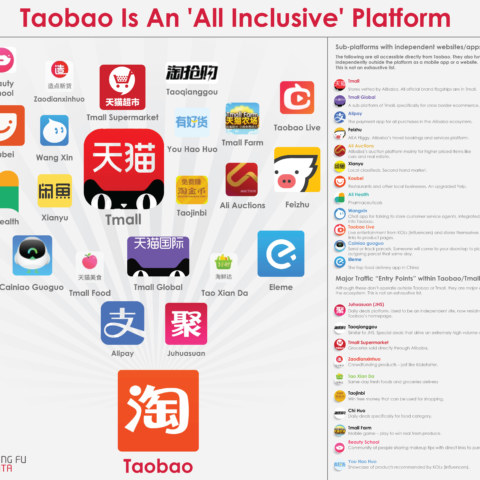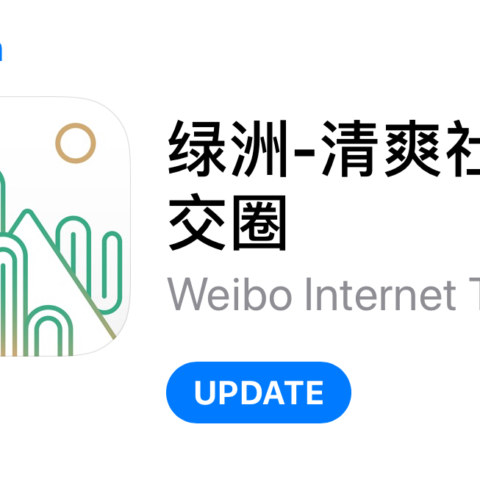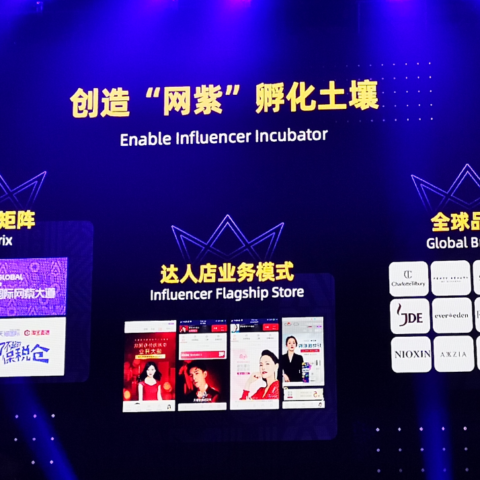Live-streaming in China
Live-Streaming in China – the summary
When it comes to marketing in China, you can do it the classic way – Baidu Advertising, WeChat and Weibo campaigns are commonly recommended options. You probably have heard of them if you did any China marketing-related research. But what we like to highlight as often as possible is that China is very different from what you know, and it changes quickly too. Chinese competitors know the market very well and will almost certainly be ahead of you, using marketing channels that are not as well-known in the Western world as Baidu. What’s in this month might be out in a few months – or even weeks. Except for some platforms, like WeChat for example, Chinese platforms are not as stable as Facebook or Twitter. The younger Chinese generation chases what’s new, interesting and fun. They are really experience-oriented and don’t hesitate to try out new things.
Okay, so you might ask what’s in now? But you’ve opened the post, so you might already know it’s live streaming (直播 zhibo).
Many KOLs just live-stream their private life, just as Western bloggers do on Snapchat or Instagram. Live-stream hosts (主播 zhubo) are much closer to their fans than popular actors or singers and that’s why they gain so much attention. In China, it’s very important to build a relationship with your viewers, a relationship that resembles a real friendship. A lot of young Chinese people have a very lonely life, especially males in third-tier cities. They post real-time comments and the zhubos answer them while broadcasting so it feels like a face-to-face conversation.
There are more than 120 different live-streaming platforms and apps in China, and they each target different hosts and audiences. The most popular show categories are real-life live streaming, game live streaming and tv-like show live streaming. Some of them are completely free, but some rely on monetizing the broadcast.
Personal life
Apps: YY, Yingke, Huajiao.
The hosts on these platforms mostly focus on broadcasting their personal life. They let the viewers see the process of choosing clothes, doing morning make-up, commuting to work, going out.
Chinese Gaming Live-streaming Platforms
Apps: Huya, Douyu, PandaTV
Video games have been popular in China long before live–streaming started, but now the industry has moved on to a whole new level. Research company Analysys states that by 2018 the estimated number of video game streaming users in China will reach 300 million.
Chinese E-commerce Live-streaming
Apps: Taobao, Jingdong , Mogujie
The latest trend, very popular among foreign brands as well, is live-streaming on the main Chinese e-commerce platforms, such as Taobao, Tmall, JD and VIP. The platforms are easily accessible and most of the live-streams have a cart button that directs viewers straight to the shopping page. As the results are pretty clear, establishing yourself as a popular influencer on such platforms is an easy way to make money or just a good start to launching your own brand.
What else is streamed? Lately, Starbucks opened a premium store in Shanghai and they live-streamed the grand opening on Taobao. They got almost 180,000 viewers during the 3-hour-long broadcast.
As there’s no YouTube in China, e-commerce platforms are also good channels to use to live-stream popular events. Tmall hosted an exclusive show when Apple launched its new iPhone X and Samsung live-streamed their own show on the Taobao’s channel.
Do you want to broadcast now? contact us!
Leave a Comment































